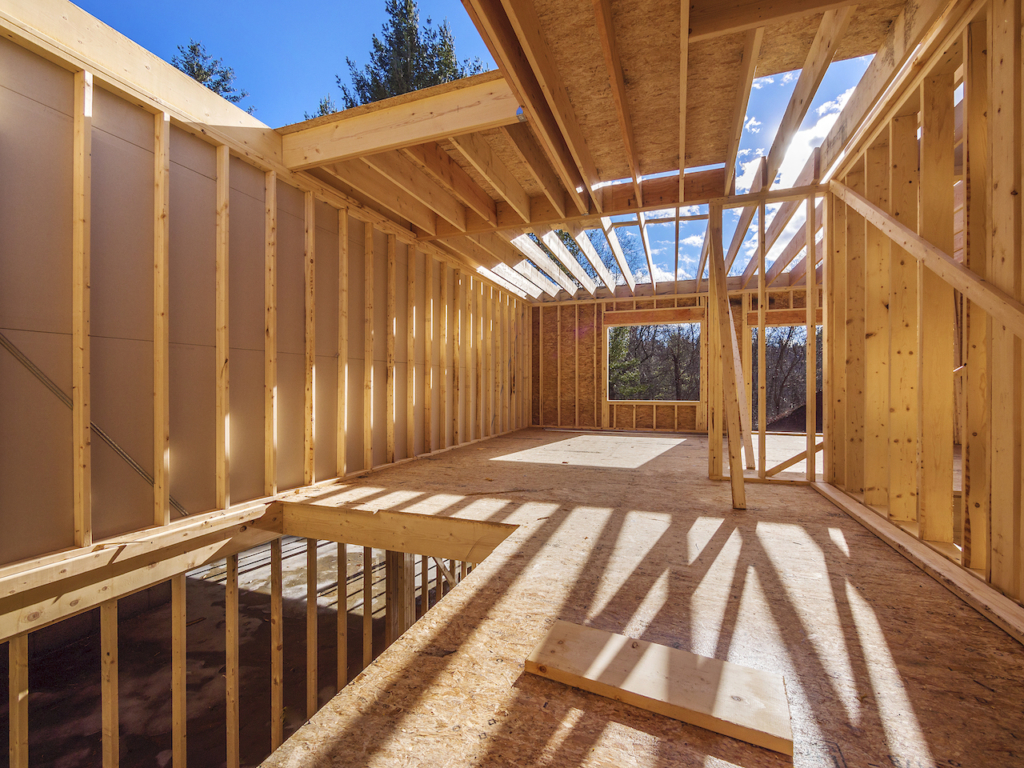The pace of single-family housing starts increased 8.5% in September, the highest production rate since the summer of 2007, according to the latest data from the U.S. Department of Housing and Urban Development and the Census Bureau.
“The housing market remains a bright spot in the U.S. economy, and this is reflected in today’s positive housing starts report,” said National Association of Home Builders Chairman Chuck Fowke in a blogpost. “Builder confidence is at an all-time high as buyer traffic is strong—another sign that housing is helping to lift the economy.”
There are currently 539,000 single-family homes under construction, and single-family permits are now up 9.9% compared to a year ago.
Meanwhile, the multifamily sector, which includes apartment buildings and condominiums, decreased to an annual pace of 307,000 as pandemic homebuyers and renters continue demonstrate their preference for single-family living during the pandemic.
As a consequence, multifamily permits for 5-plus unit production are now down more than 8% year over year.
In the South, combined single-family and multifamily starts were 5.7% higher year over year, while permits were 6.4% higher than a year ago.
According to NAHB Chief Economist Robert Dietz, elevated lumber prices and supply chain shortages continue to challenge builders as they attempt to meet buyer demand.
“Demand is being supported by low interest rates, a suburban shift in demand and demographic tailwinds,” Dietz said in a blogpost. “However, headwinds due to limited building material availability is slowing some construction activity despite strong demand, with authorized but not started single-family homes up 22.4% compared to a year ago.”
As of August, some 104,000 single-family homes with authorized permits had not started construction due to supply-chain issues and worker shortages, a 22.4% increase compared to a year ago.
National Association of Realtors Chief Economist Lawrence Yun called for the country to boost vocational training to move workers who lost jobs in retail, restaurants, and hotels into the higher paying construction industry.
“When homes get built, jobs are created through multiple cascading effects,” Yun said in a statement. “Aside from construction and trade contractors, lumber mills and moving trucks get going along with land developers and title companies. And of course, more inventory becomes available for consumers. That is why today’s data in surging housing starts is so welcome: moving the economy in a better direction. Homeownership will also rise with more choices.”

